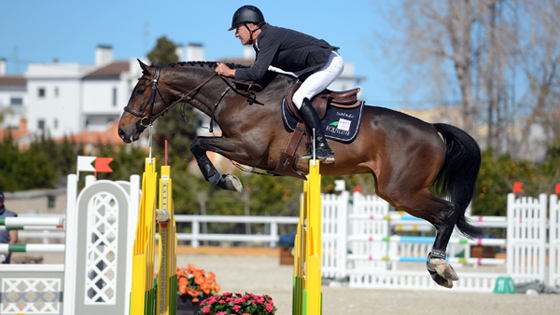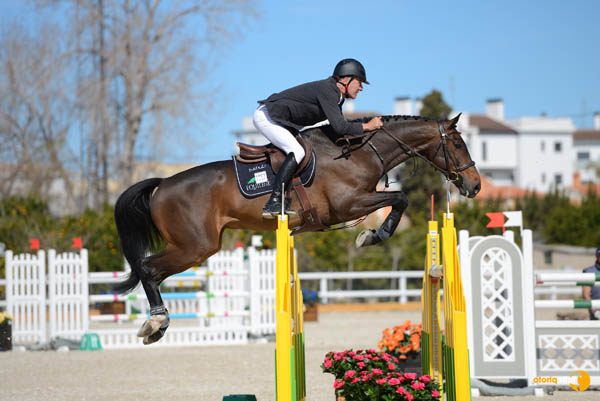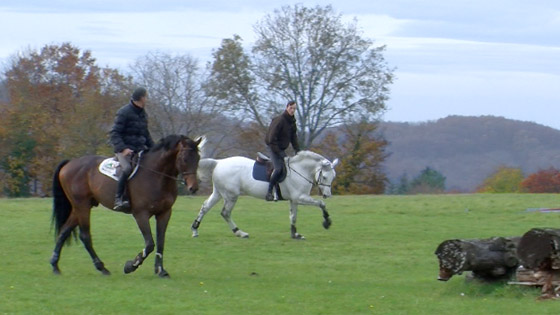A good start for your show season

The show season is just around the corner so it is time to review if you and your horse are ready for it. Let’s not forget that horse riding, like other sports, implies that the rider and the horse are ready physically and mentally to sustain the stress of the competitions.
The show season is just around the corner so it is time to review if you and your horse are ready for it. Let’s not forget that horse riding, like other sports, implies that the rider and the horse are ready physically and mentally to sustain the stress of the competitions.
First of all, the fitness condition of the horse’s joints, muscles, and his respiratory system is a top priority. To bypass this crucial point is to take a risky bet on the rest of your show season. Schooling grids and trotting sets are vital to the physical preparation of a competition horse.
As for the rider, he must also be ready and must make sure that he is able to adhere to the basic priorities which are: using his eyes as an aid, having a good position and a mind compatible with show jumping, all of which to be tested at the yard over small courses before going to shows.
Another pitfall to avoid: starting with classes that are too difficult for the couple. One would want to start the show season at the same level he ended the previous season. Once again, it is to take a risky bet for both the rider and the horse. Bad experiences stay imprinted in the horses mind generating some behaviours that will be difficult to reprogram. Instead jumping successfully right away a course in competition with a calm and relaxed horse, can only be positive for you and your horse. At the beginning of the show season, horses are usually more energetic and all other the place, a bit stressed. Another reason why we should not be too demanding and take some time before jumping at our highest level. A minimum of three or four shows are necessary to get everyone back on track. Let’s add that to deal with the stress and imperfection of the beginning of the season, the rider should emphasise on a good warm-up before entering the show ring. Alternating the work with some frequent time of rest is highly recommended.
In a few words, keep a large view angle on your show season. To look after the blue short term is of no interest. On the contrary, plan your season month to month. You can always change and adapt your plan depending on your horse physical and mental shape as well as yours and on your results.
Let’s do it!


